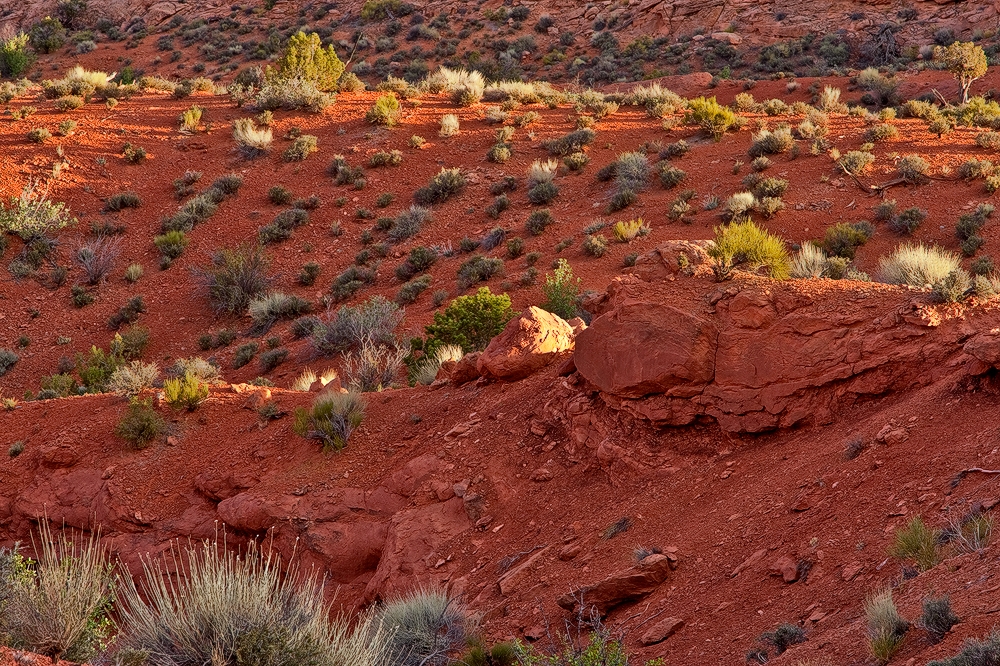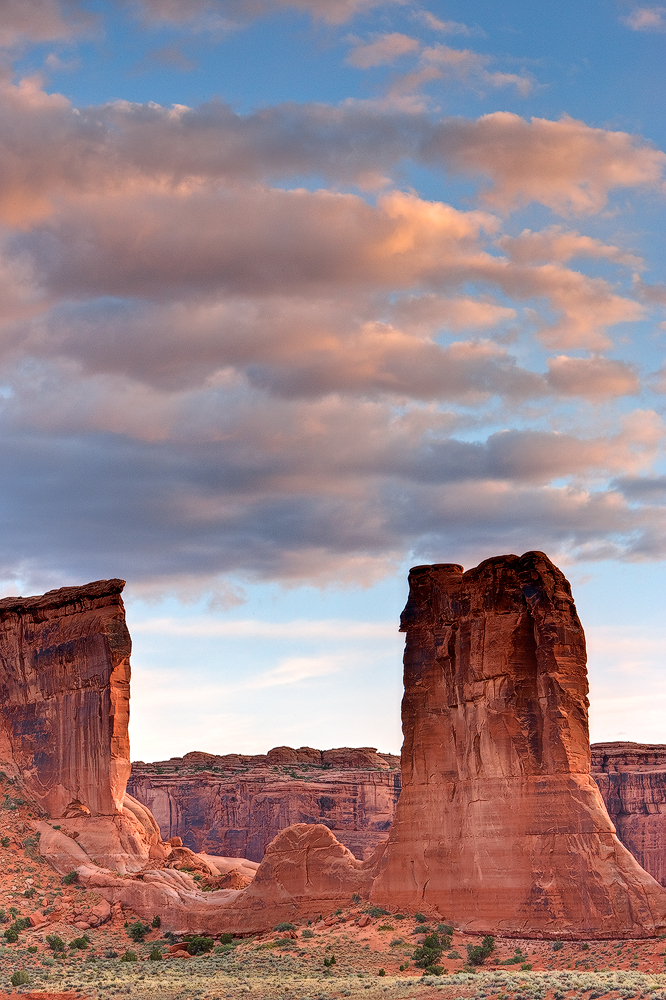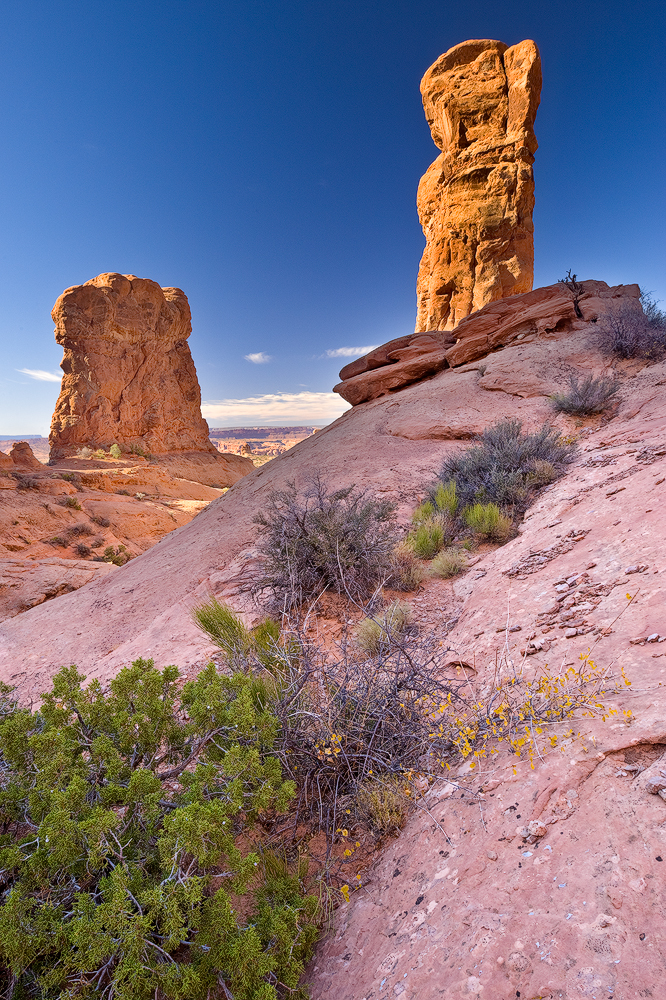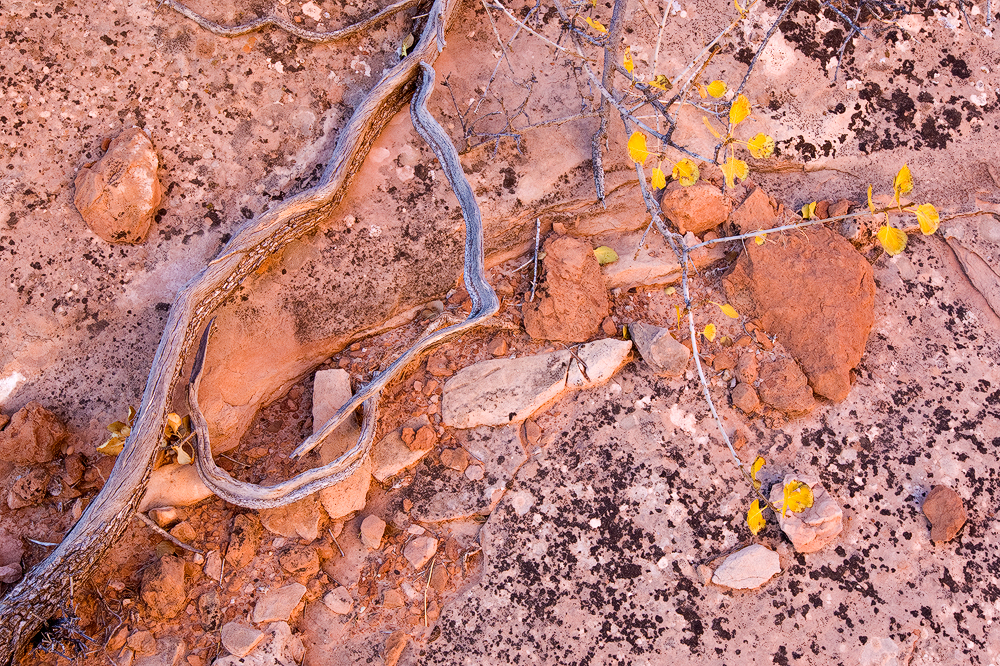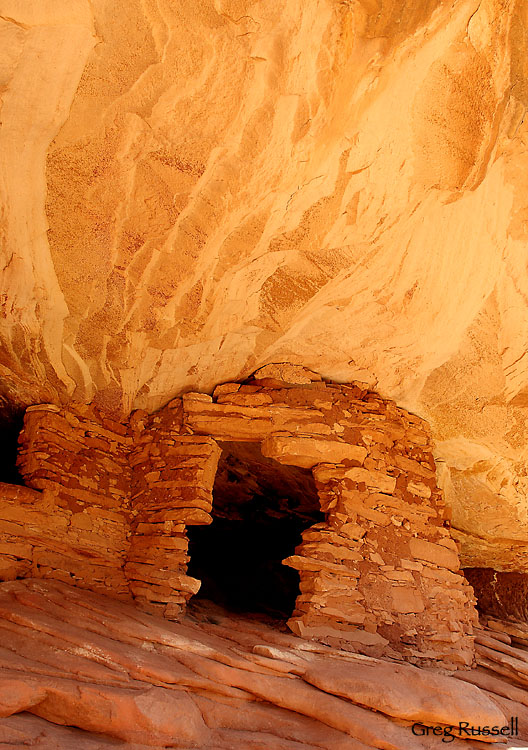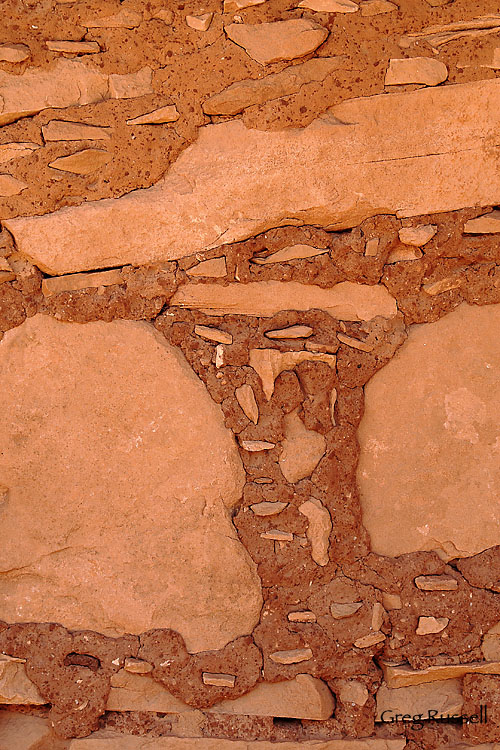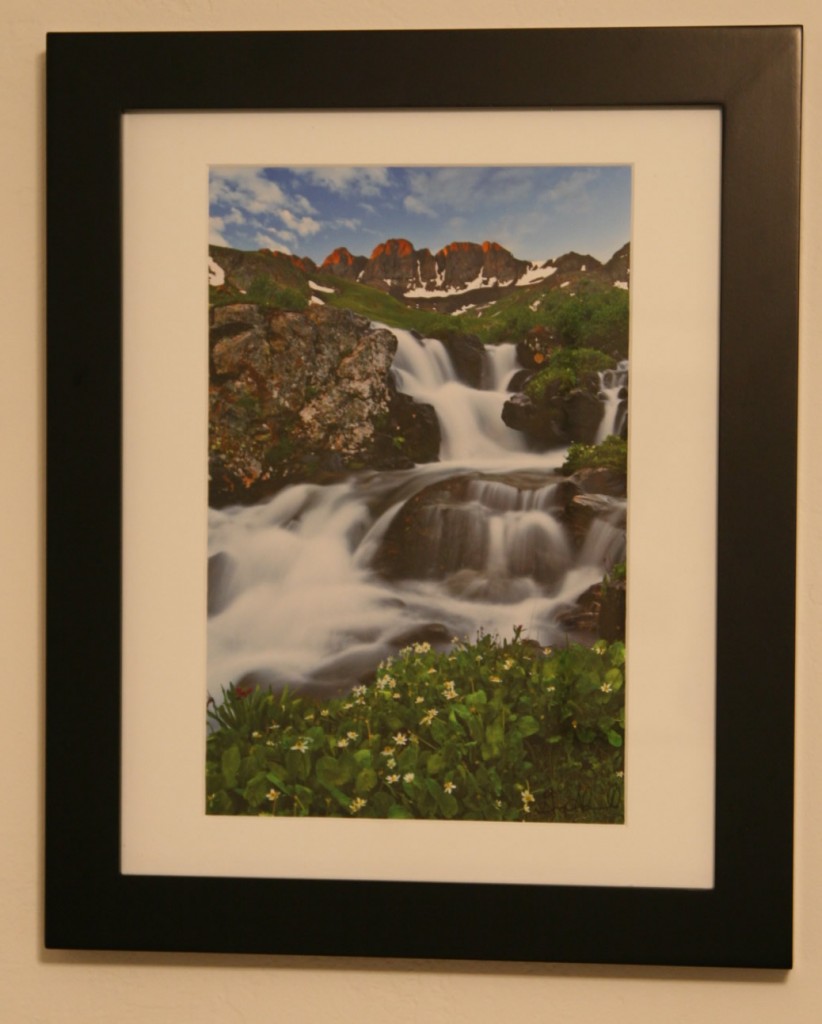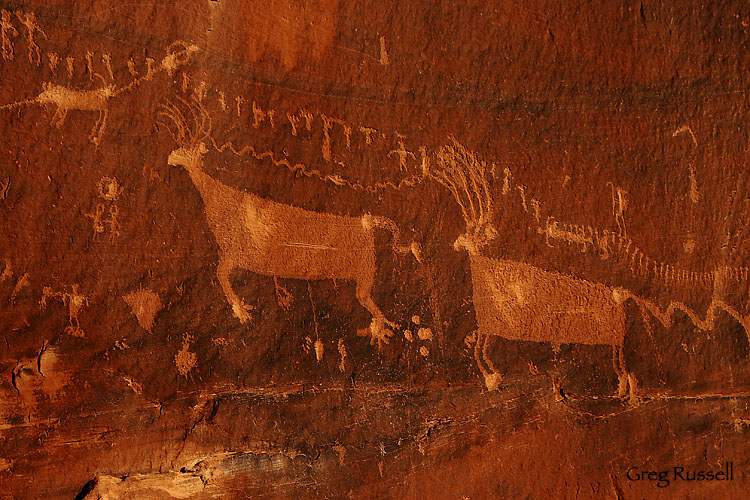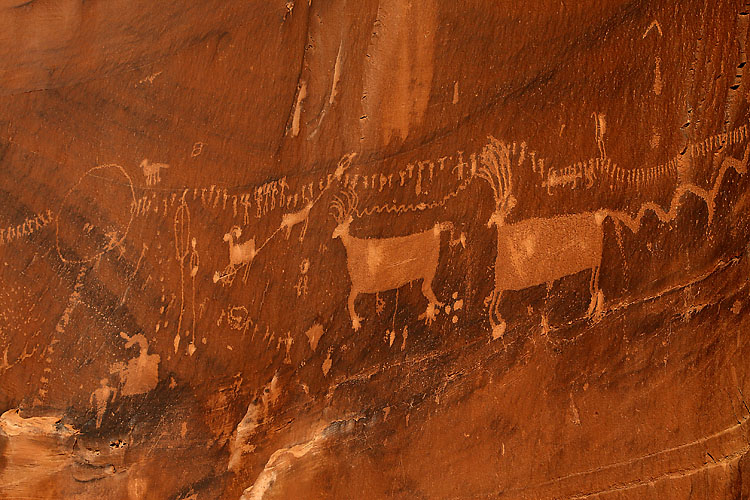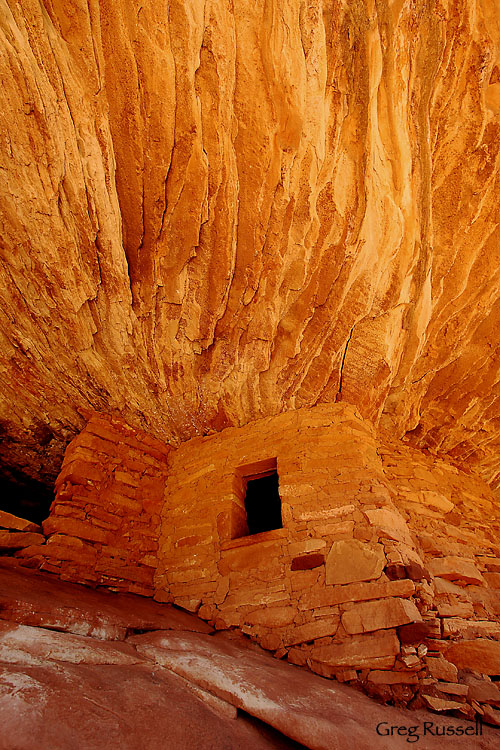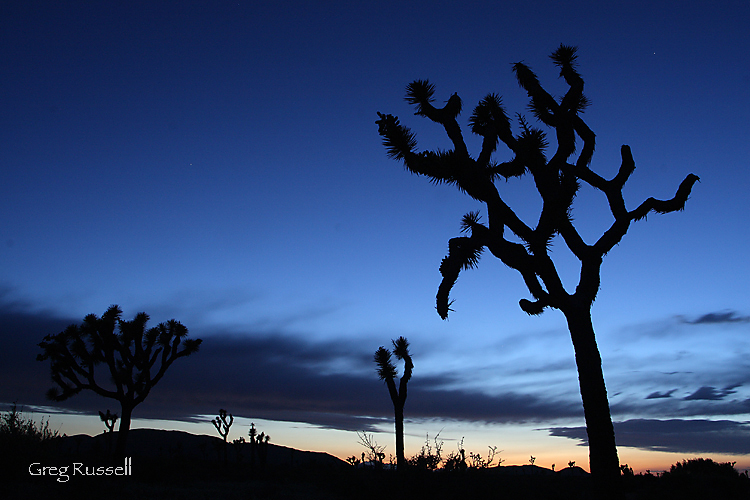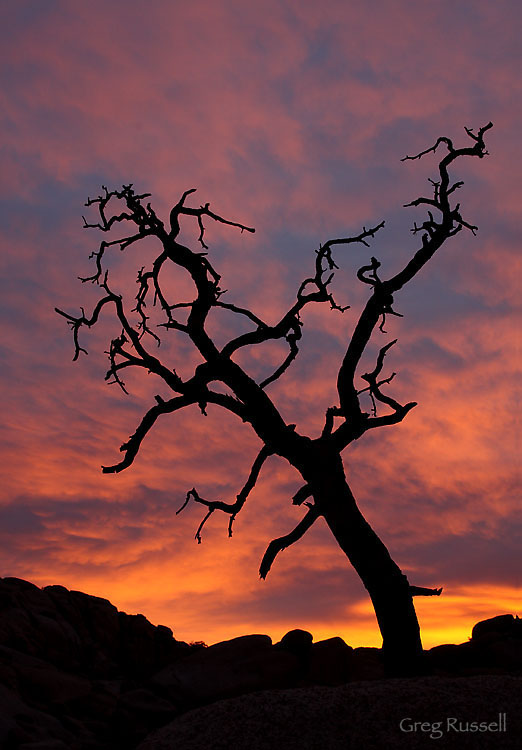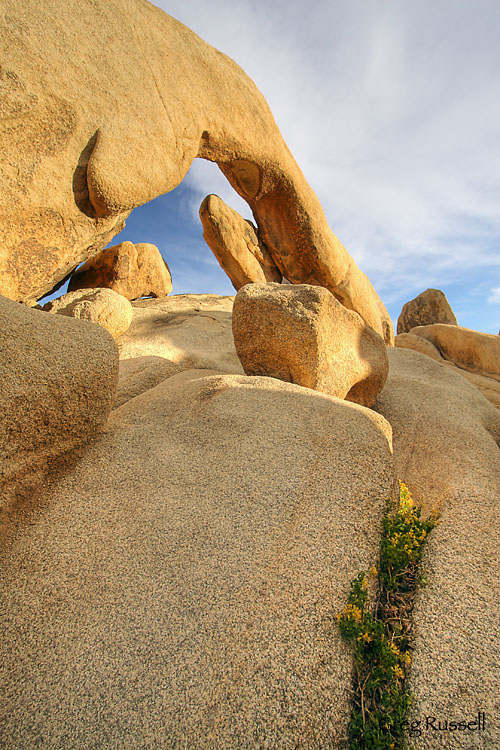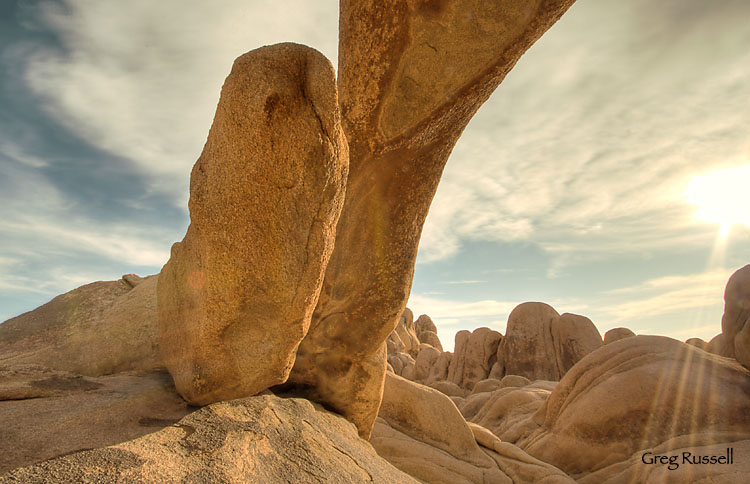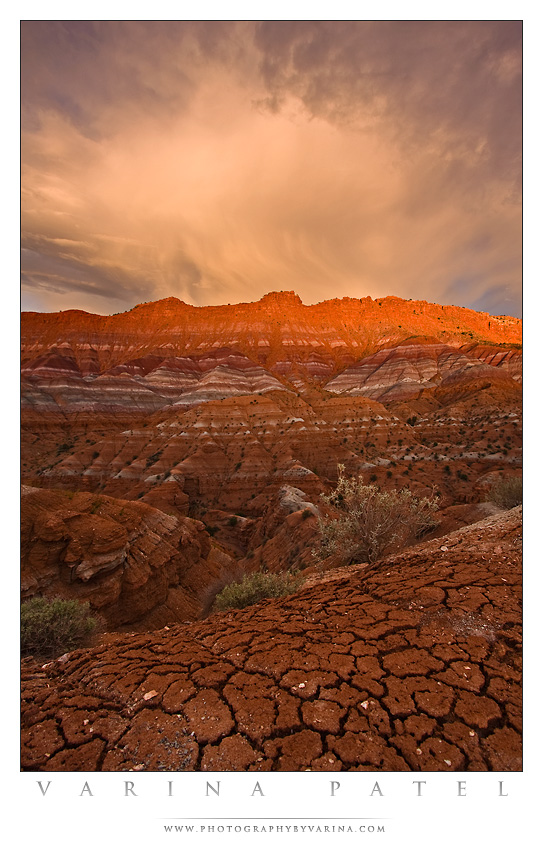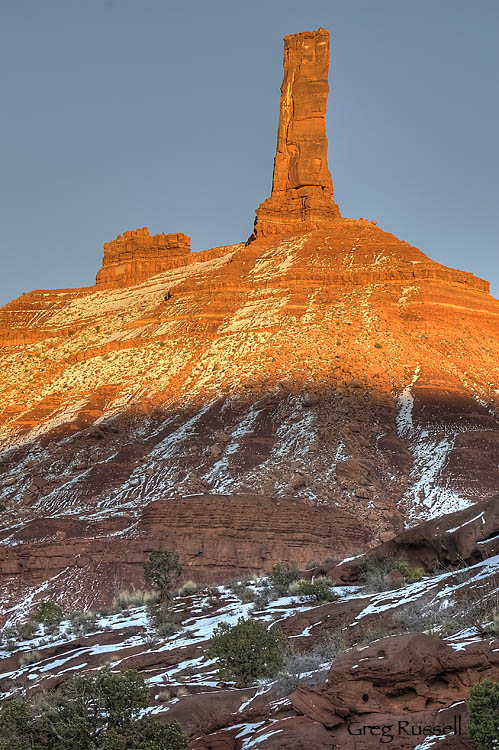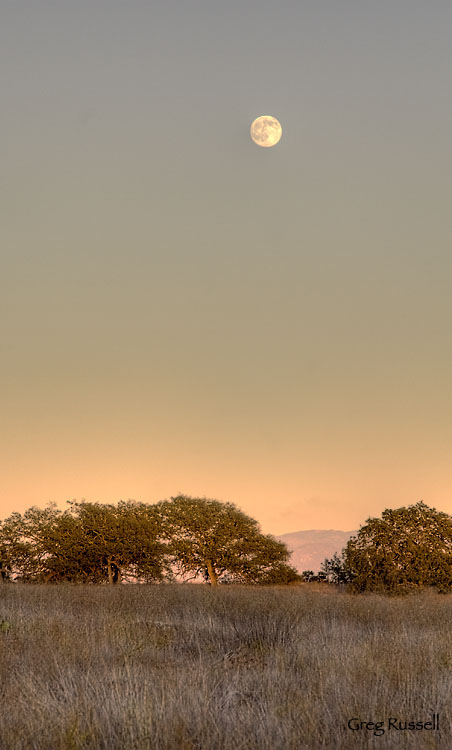Today’s post comes from my new friend and fellow photographer Jay Goodrich. After reading my post on Topophilia, Jay contacted me with his interest in contributing a story about how the landscape of southern Utah has touched him. You can read his story, The Rise, below, as well as enjoy some original images from Jay. Additionally, make sure to check out Jay’s photographs here, and subscribe to his blog here. Thanks Jay!
The Rise © Jay Goodrich
I stand in the middle of a valley surrounded by rock formations. I can not see any of them yet, but I know they are there. It is so dark that I can not even tell if there are any clouds lingering to add to the drama of photography this morning. Red earth all over my shoes, my clothes. It is in my hair, my nose, my ears, and even my eyes. It was a little windy yesterday. I look to where I think the horizon is but I see nothing but a big black void. There is not a soul around, it is completely silent. I am for once, early. I head to the back of my truck to grab my backpack and my tripod. The rear bumper is covered in a layer of red powder about an eighth of an inch thick. I write “wash me” in it. As I open the door the dust stirs into little tornados before it falls back to the earth. My pack and tripod have traces of the deep maroon powder all over them as well. I stumbled upon this place yesterday afternoon.
I am a bit tired. I spent the evening shooting star trails only to realize that morning was going to come way too soon. There is a crispness in the air, it tingles as it enters my nose. It reminds me of that sound you hear when a person bites into the perfect fall apple. A little pop, followed by a sweet aroma; I can just taste the explosion of flavor. Vapor crystals leave my nostrils and mouth and scatter as far as I can see. I hope that my mission is going to yield imagery that ties over my soul for awhile – this is my last day here.
I pull the Petzl lamp out of my pack and wrap it around my head. I turn it on, throw the pack onto my back, adjust the straps and buckles, sling the tripod onto my shoulder with one hand, and close the truck door with the other. More dust scatters. I start to walk into the belly of monuments and darkness. I am now the only light source.
As I stumble to my location, a calm comes before me. It was like I donned that old comfortable shoe that was completely molded to the contours of my sole. I began to run on auto pilot. The light was starting to fill the sky. At least, enough that I could see those rock formations. They were looking a little pink. This place is so magical. I knew that would change as the sun began its race to the other side of the planet. It always starts as pink, or tan, something very subtle and muted, pastel. And depending on the atmosphere, the day could become, gold, yellow, orange, red, crimson, maroon, or any variant there of, a perfect contrast to that deep blue fall desert sky. The formations – sharp and jagged to smooth and bulbous. Why this place over any other? The mountains are my home, but this place speaks to me like no other.
As the sun begins to come up there is a slight breeze. It is the souls of those rock formations coming alive, they are looking for warmth as am I. The hair on the back of my neck stands on end, like it does when I feel the gentle kiss of my wife. My pupils dilate. I feel the eye muscles tighten. The sun is showing her face ever so slightly. The warmth begins to bathe me and all of my surroundings. The crystals from my breath fall away closer to their origin. I quickly realize It is going to be a golden rise. Everything is covered in hues of yellow and orange. I look through my viewfinder one last time. God I love this place. And click.

